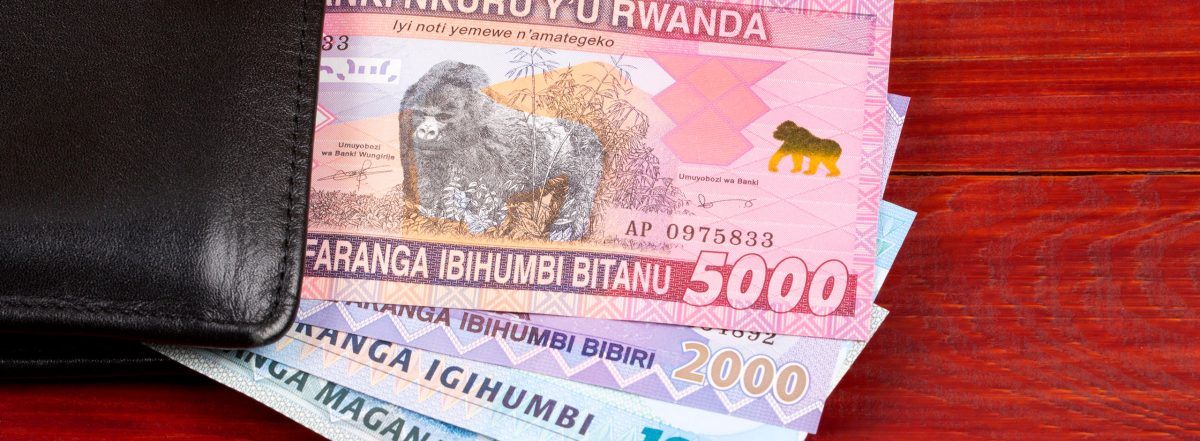The government is targeting an average economic growth of 11.5 per cent by 2020 to allow it to lift more Rwandans out of poverty
The Rwandan government plans to spend Rwf 1.75 trillion ($2.58 billion) in the 2014/15 fiscal year, an increase of Rwf 75.5 billion ($110 million), compared with Rwf1.6 trillion ($ 2.3 billion) of spending in the 2013/14 revised budget as it seeks to address the slowdown experienced in 2013 that saw growth drop to 4.6 per cent from 7.3 per cent in 2012.
The drop was attributed to the poor performance of agriculture and the suspension of budget support in 2012.
Now, the government is banking on a rebound in the service sector, low inflation and better performance of the agriculture sector to drive growth to 6 per cent in 2014 and 6.7 per cent in 2015. Inflation is projected to exceed 5 per cent this year.
Minister for Finance Claver Gatete said the government has put in place a budget monitoring team to follow up on implementation of the projects that are expected to boost growth. “We want to monitor the areas that are making a huge contribution to the GDP to make sure that these things are implemented as agreed. With extra effort we may even get a higher GDP,” Mr Gatete told The EastAfrican.
In its current second Economic and Development Poverty Reduction Strategy (EDPRS II), the government is targeting an average economic growth of 11.5 per cent by 2020 to allow it to lift more Rwandans out of poverty. “The economic outlook is generally positive, but there is some concern about the pace of economic pickup.
“Agriculture growth is projected to be stronger in 2014 based on favourable first season harvest,” said Mitra Farahbaksh, the International Monetary Fund resident representative for Rwanda.
Ms Farahbaksh added that the expected catch up in implementation of government investment projects and increase in credit to the private sector should provide a boost to economic growth. “Risks centre around delays in implementation of government financed projects and a weak agricultural harvest,” she said.
Analysts say the key challenge for government will be to maintain this strong growth and low inflation in a highly uncertain global environment. This is in addition to weaker than expected global demand that could negatively affect Rwanda’s exports and higher than expected international food and fuel prices that could add to inflationary pressures.
In particular, Rwanda’s ability to incur additional debt remains vulnerable to a sharp decrease in exports due to the country’s narrow export base or to a decline in foreign aid. Rwanda’s traditional exports including tea, coffee, pyrethrum as well as minerals continued to dominate the sector in 2013, representing 62.1 per cent of total exports against 59.4 per cent in 2012.
This dependence on a few primary commodities remains one of the main challenges for a country seeking to reduce the high external trade deficit and build resilience to external shocks.
For instance, while exports are projected to grow by seven per cent to $751 million from $ 703 million in 2013, the import bill is also expected to rise by 16 per cent to $2147.4 million from the $1148.4 million spent in 2013. As a result, the country’s current account deficit is expected to deteriorate to $803.2 million in 2014 from $537.5 million in 2013.
Priority areas under the EDPRS2 to be funded in the 2014/15 budget include energy, agriculture, exports promotion, urbanisation and rural settlement, employment programmes and skills development including Technical Vocational Education and Training (TVET), social protection and graduation and promotion of green economy.
This year’s expenditure projections are tied to the emerging priorities grouped under the EDPRS2 thematic areas of economic transformation for rapid growth, rural development, productivity and youth employment creation as well as accountable governance. These thematic areas have been allocated Rwf 915 billion representing 52 per cent of the total budget.
Source: The East African

